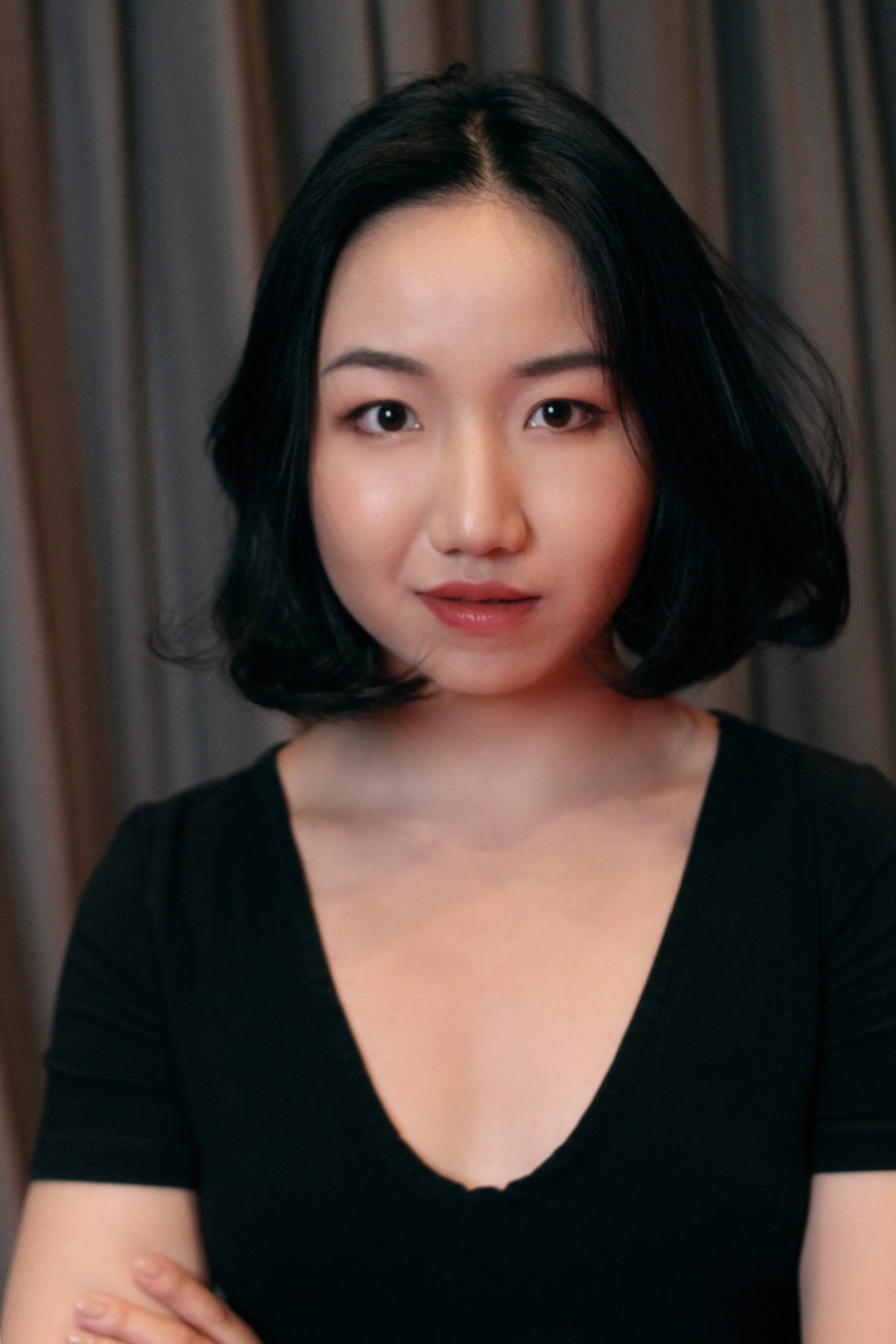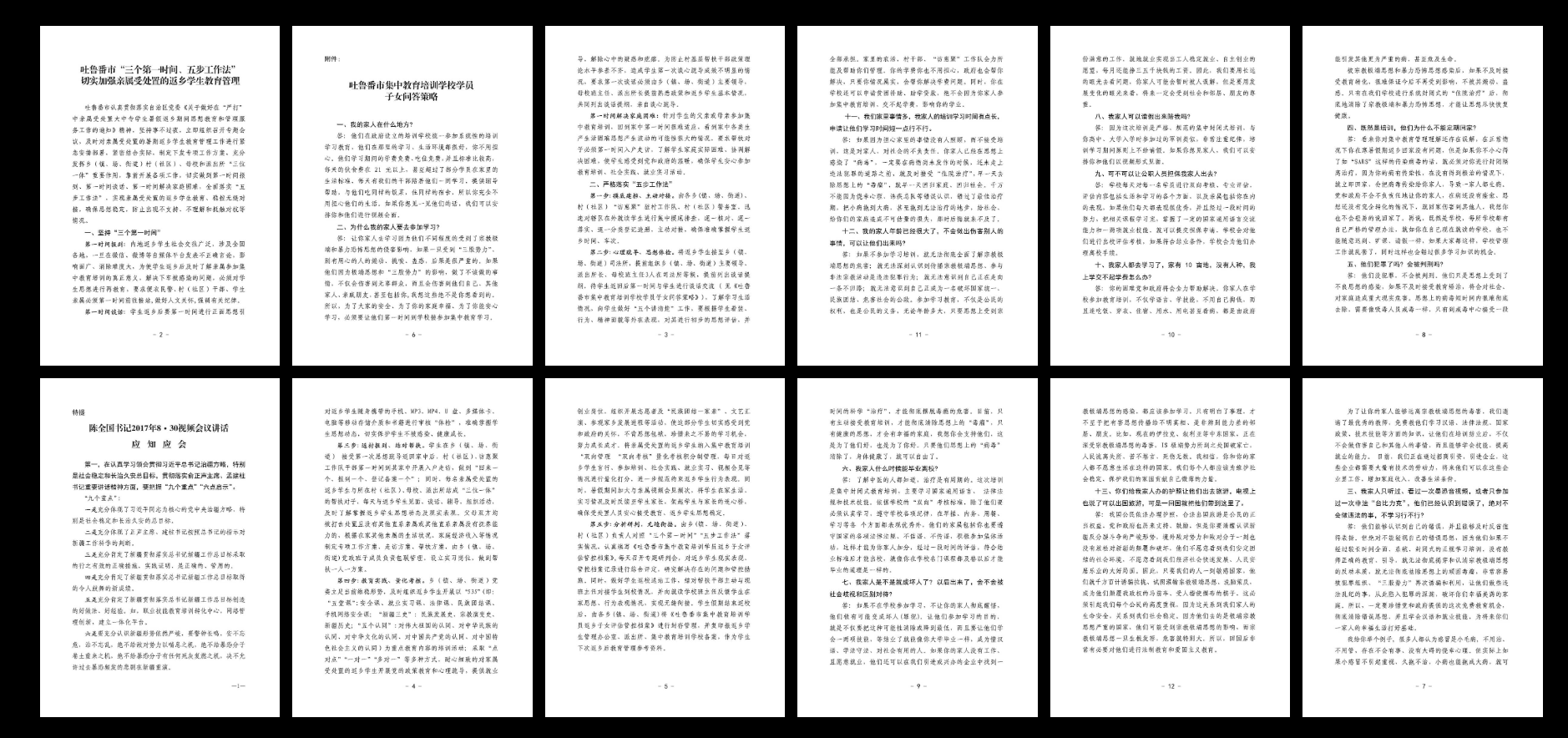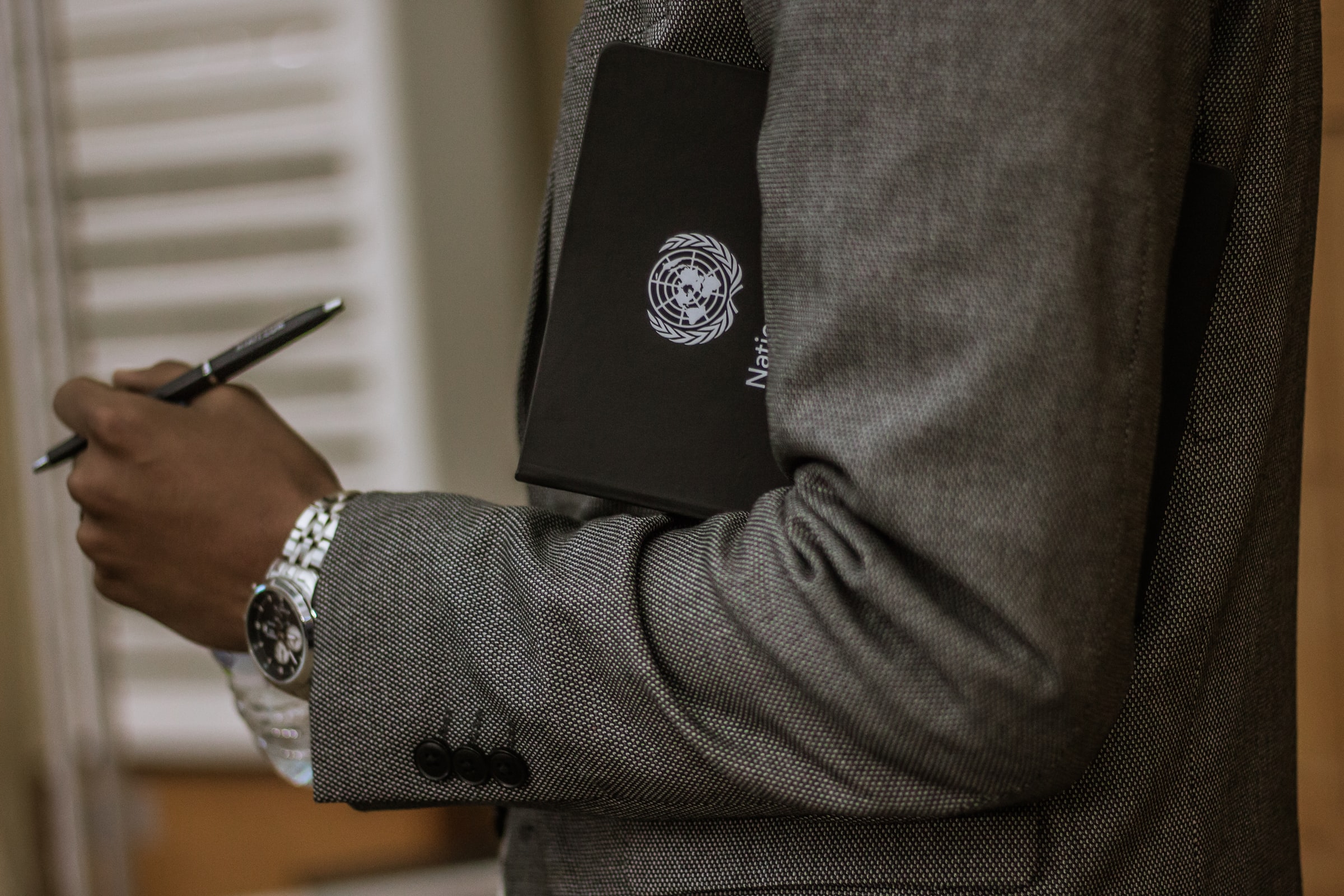Vicky Xu on Human Rights Journalism by User 400817819
Stream Vicky Xu on Human Rights Journalism by User 400817819 on desktop and mobile. Play over 265 million tracks for free on SoundCloud.
Since becoming a reporter for The New York Times in 2016, Vicky Xu has lost faith in the ability of traditional journalism to report effectively on human rights issues.
As a journalist, Ms Xu covered a range of human rights allegations, including the detention of Uyghur Muslims in the Chinese province of Xinjiang, but said she decided to move into a research position at the Australia Strategic Policy Institute because “traditional journalism is limited in so many ways”.
“Unfortunately journalism is an echo-chamber, and it doesn’t really ever change anyone’s mind,” Ms Xu said at a lecture in 2019.
The Universal Declaration of Human Rights was formally ratified in 1948, and has since provided a framework for the media to hold governments accountable.

Vicky Xu believes there are too many limitations on human rights journalism. Ms Xu now does in-depth research on Chinese human rights violations. Photo Supplied
But the appropriate method of approaching this task remains a matter of debate.
Journalists are traditionally trained to be emotionally detached and to aim for balance in their reporting, but critics such as Ms Xu argue that in instances of human rights abuse there should be a different approach.
In 1997 former BBC News reporter Martin Bell wrote traditional, or “bystander journalism” must be redefined, and said journalists should aim to distinguish “good and evil, right and wrong, the victim and the oppressor”.
Bell’s ‘journalism of attachment’ drew on decades of experience as a war correspondent around the globe, and argued for a more emotive and interventionist form of human rights journalism that would allow reporters to effectively play the role of the fourth estate.
When reporting on the detention of Uyghur Muslims in China, Ms Xu said “the newsroom wanted me to be in a neutral headspace, they wanted me to care less”.
“It is very difficult to think I’m going to be neutral on this, I’m going to listen to the Uyghurs, and then I’m going to listen to the Chinese government, maybe they have a point about locking up a million people,” Ms Xu said.
“The problem is they don’t have a point, this is wrong, period.”
The detention and surveillance of Uyghur Muslims in the Chinese province of Xinjiang was denounced by 23 governments at the United Nations in 2019, and Human Rights Watch has also repeatedly criticised the Chinese Communist Party’s position.
The New York Times then published a story which included over 400 pages of leaked classified documents from the Chinese government, which included instructions to “round up everyone that should be rounded up”.

Over 400 confidential documents from the Chinese government were leaked by the New York Times, Nov. 16 2019. Credit: The New York Times
Many newsrooms have been forced to shut their foreign bureaus and remove foreign correspondents, as a response to financial pressures.
As traditional media has transitioned to an increase in digital content, there have been significant changes to the reporting of human rights.
Media Standards Trust’s Shrinking World report found 39 per cent fewer international stories in the press between 1979 and 2010, as newsrooms localised their content and their staff in order to cut costs.
The conditions for reporting have deteriorated too, as Reporter Without Borders’ 2019 World Press Freedom Index found 75 per cent of the 180 nations in their survey had a negative press freedom ranking, and only 8 per cent were considered “good”.

Photo by Ilyass SEDDOUG on Unsplash
Speaking on the future of human rights reporting, Ms Xu said the 24-hour news cycle did not leave time to “really concentrate on one topic”, and added moving away from it has allowed her to do more comprehensive work in the human rights space.
“I’ve had months and months to look into this forced labour issue, and that just isn’t possible anymore in a newsroom environment, because you have to be chasing the news.”
(Featured Image:The United Nations Headquarters building in New York City. A declaration with 23 signatures was signed that denounced the Chinese Government’s treatment of Uyghur Muslims. Photo on Visualhunt)







